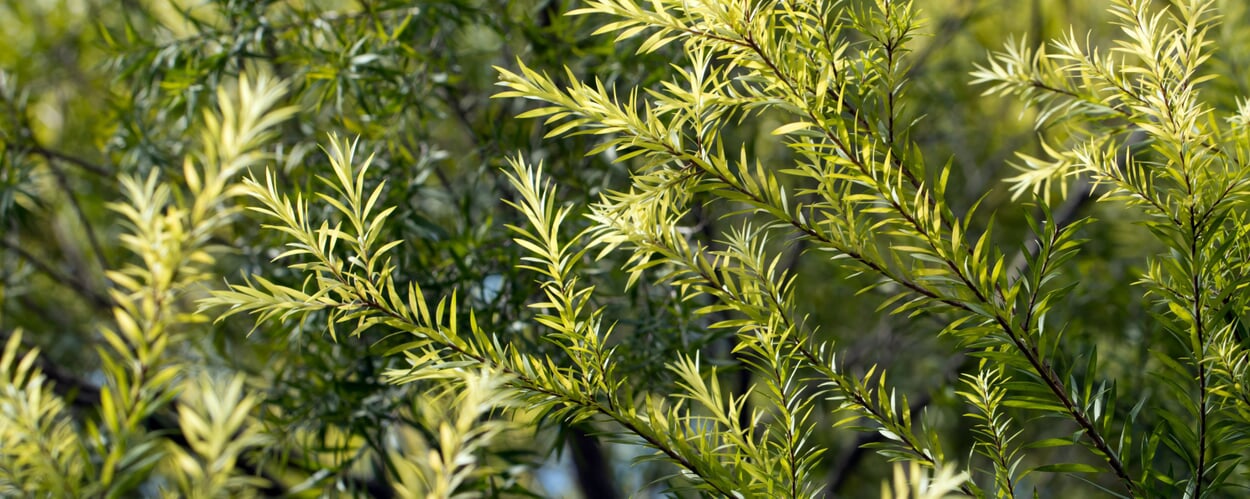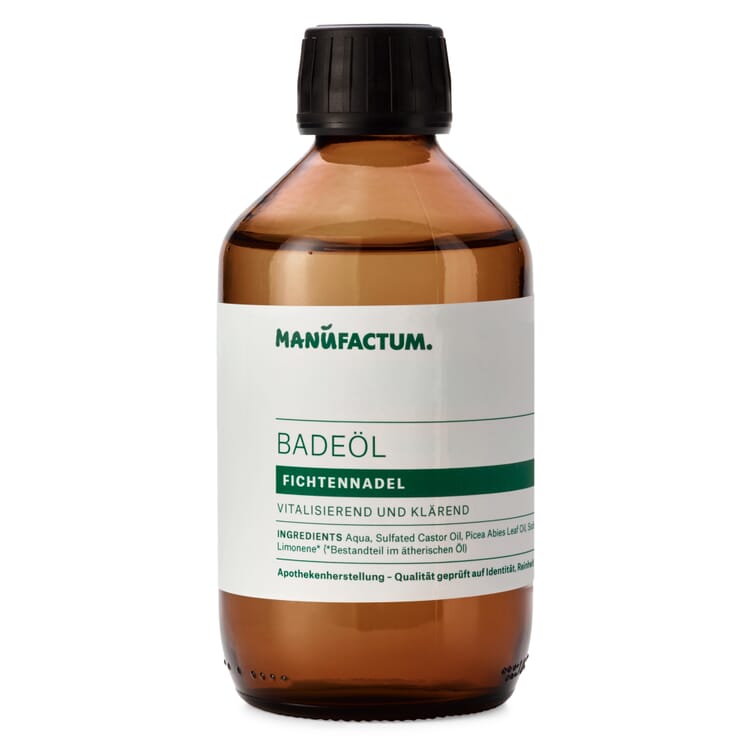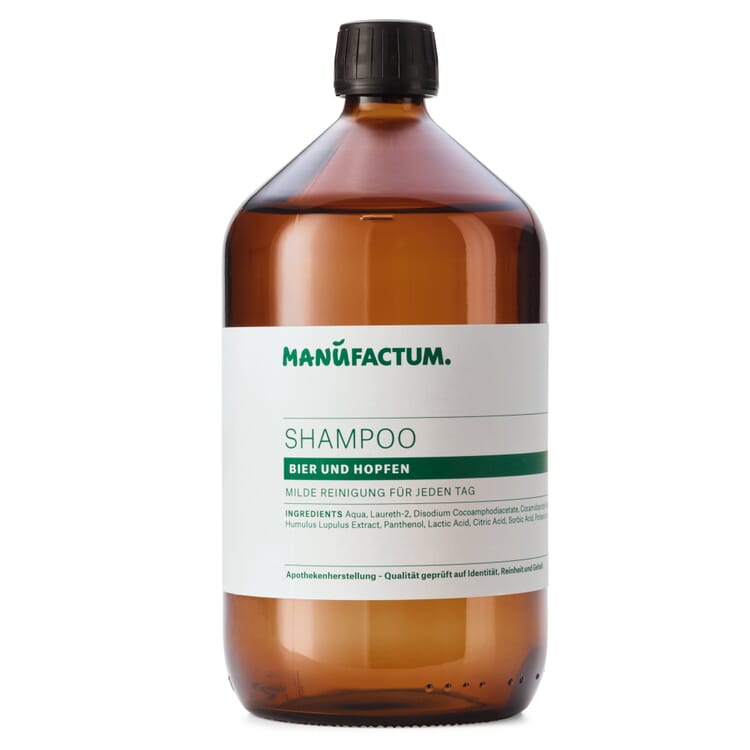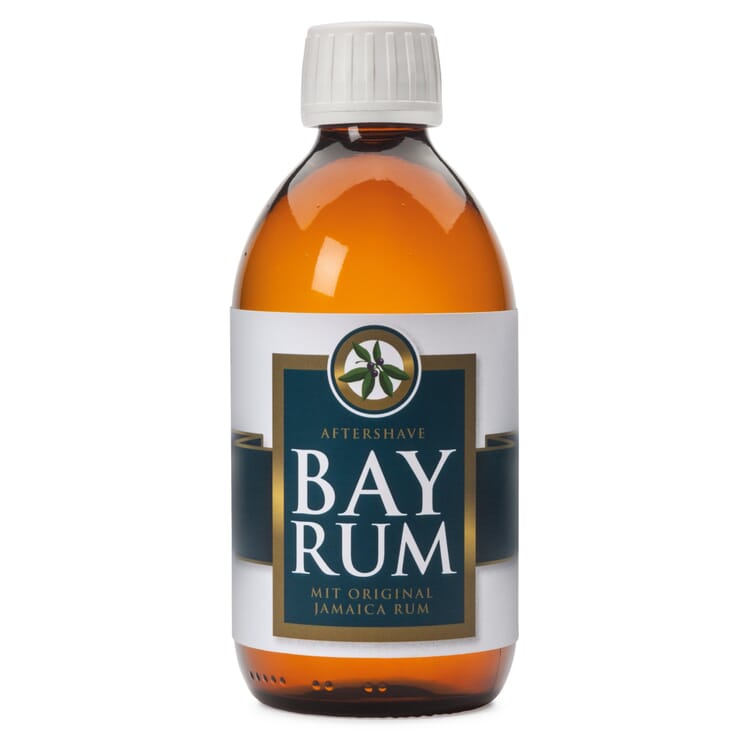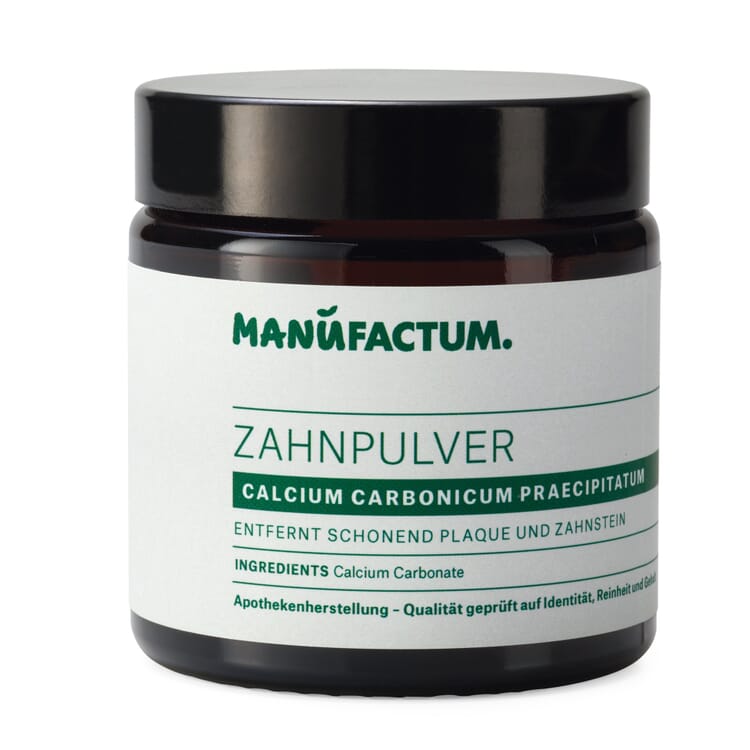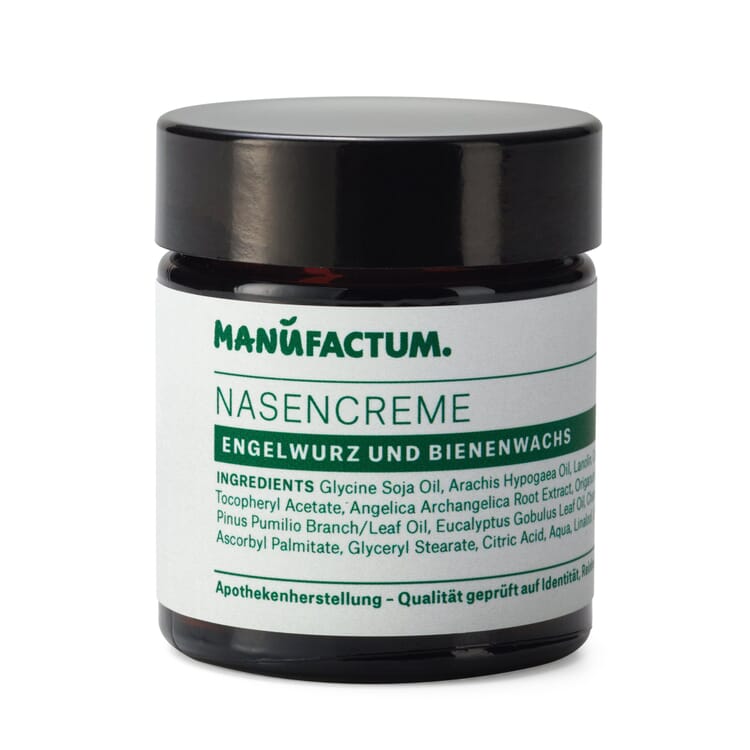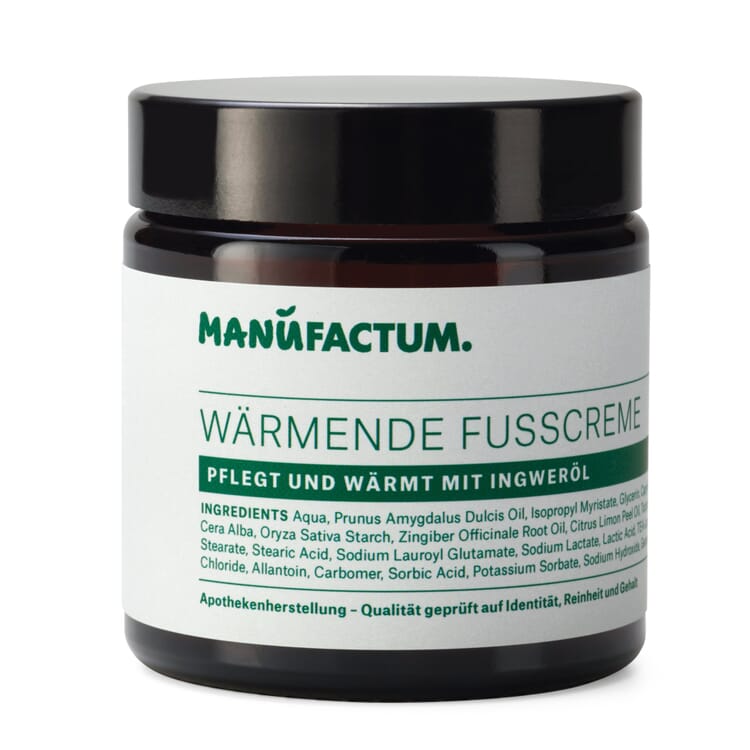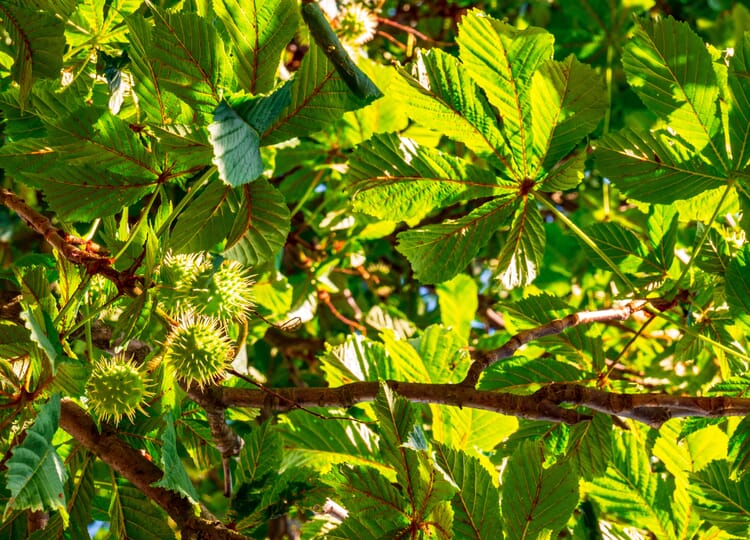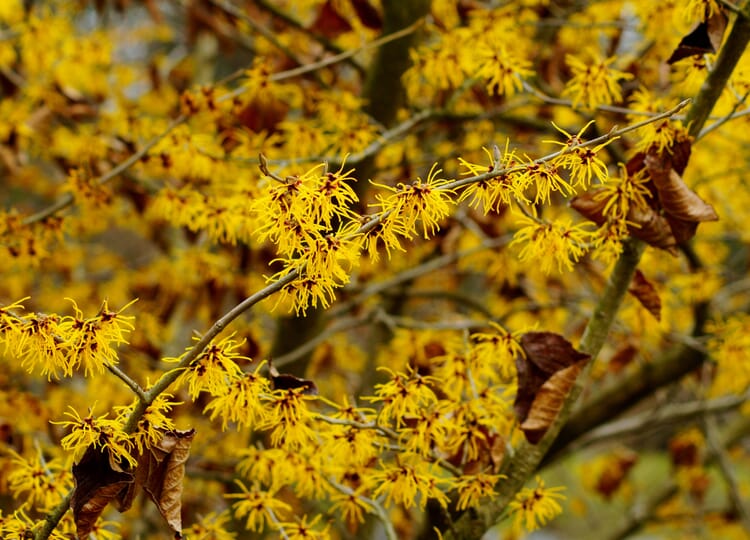Medicinal plants A|B|C
Tea tree (Melaleuca alternifolia)
On James Cook's South Seas expedition of 1770, the crew is said to have missed their tea and, without further ado, learned from the Aborigines how to brew a drink from certain leaves. The traveling botanist Joseph Banks gave the plant, which grows as a tree or shrub, its name: Tea Tree. The strikingly long stamens of its white flowers give it a puffy appearance at flowering time.
Origin and cultivation.
Plantations in eastern Australia supply 90 percent of the tea tree oil traded, but the tea tree, which grows up to seven meters high, is also planted in India and southern Africa - it thrives in moist to swampy locations in subtropical climates. The essential oil, which smells a little strongly of turpentine, is distilled from the branch tips with the needle-like but soft leaves; about 100 kilograms of leaf material yield one liter of tea tree oil.
Ingredients.
The light-transparent tea tree oil consists of over 60 percent compounds that belong to the substance group of terpenes. Among other things, they are responsible for the disinfecting and antiseptic effect of tea tree oil. It is significantly stronger than that of eucalyptus oil; when penicillin was not yet available in World War II, tea tree oil was part of the emergency equipment of Australian soldiers. A relatively high cineole content (five percent) additionally ensures an expectorant and bronchodilator effect.
Use of tea tree oil.
- The highly effective tea tree oil is only suitable for external use; it should also not be inhaled. Mostly preparations with five to ten percent tea tree oil are used; for inflammations in the oral cavity and colds it is used even more diluted as a gargle solution
- tea tree oil has antibacterial (against acne and other skin inflammations), antiviral (against herpes) and antifungal (against skin and nail fungus) effects.
- The smell of tea tree oil drives away insects - for example, mosquitoes, fleas, ticks and lice - and soothes their bites
- If about 20 drops are added to the washing machine or cleaning water, tea tree oil ensures hygiene in the home.
- Besides the essential oils of true lavender and roses, tea tree oil is probably the only essential plant oil that can be applied undiluted to the skin - locally limited, for example on insect bites. Nevertheless, small children and women should not use it during pregnancy and lactation, people with asthma only after consultation with the doctor
- Tea tree oil must be stored in a cool and dark place, because otherwise it oxidizes quickly and then has a skin-irritating effect. It turned out that oxidized tea tree oil had been used inadvertently in studies in which the subjects often had contact eczema after treatment with tea tree oil.
Exclusive Manufactum body care products
Recommended Topics
The deciduous tree, which grows up to 35 meters tall, is easily recognized by its palmately divided leaves and the green, soft-spined capsule fruits, which contain one to three shiny braune seeds. The foliage is particularly dense, making the horse chestnut a popular shade tree. In May and June, the white flower corollas appear. Yellow sap stains at the base of the flowers indicate to bees and bumblebees that food is waiting for them here, later the sap stains are red - there is no more nectar in these flowers.
View moreLike delphinium and columbine, black cohosh belongs to the buttercup family. Above the multiple pinnate leaves of the perennial and herbaceous plant appear from June to September up to 60 centimeters long, narrow and upright flower clusters. The long stamens of the small, white individual flowers make these flower clusters look downy.
View moreThe genus Hamamelis comprises five species, three of which originate from America and one each from Japan and China. However, only the witch hazel is of interest for pharmacy and cosmetics. It is a deciduous shrub that grows up to seven meters high and sometimes also grows as a tree with a short trunk and broad crown. Its bark is palebraun and smooth; the leaves resemble those of the hazelnut. From September to October appear strongly fragrant, pale yellow flowers with very narrow, almost filamentous petals.
View more
